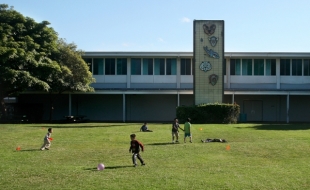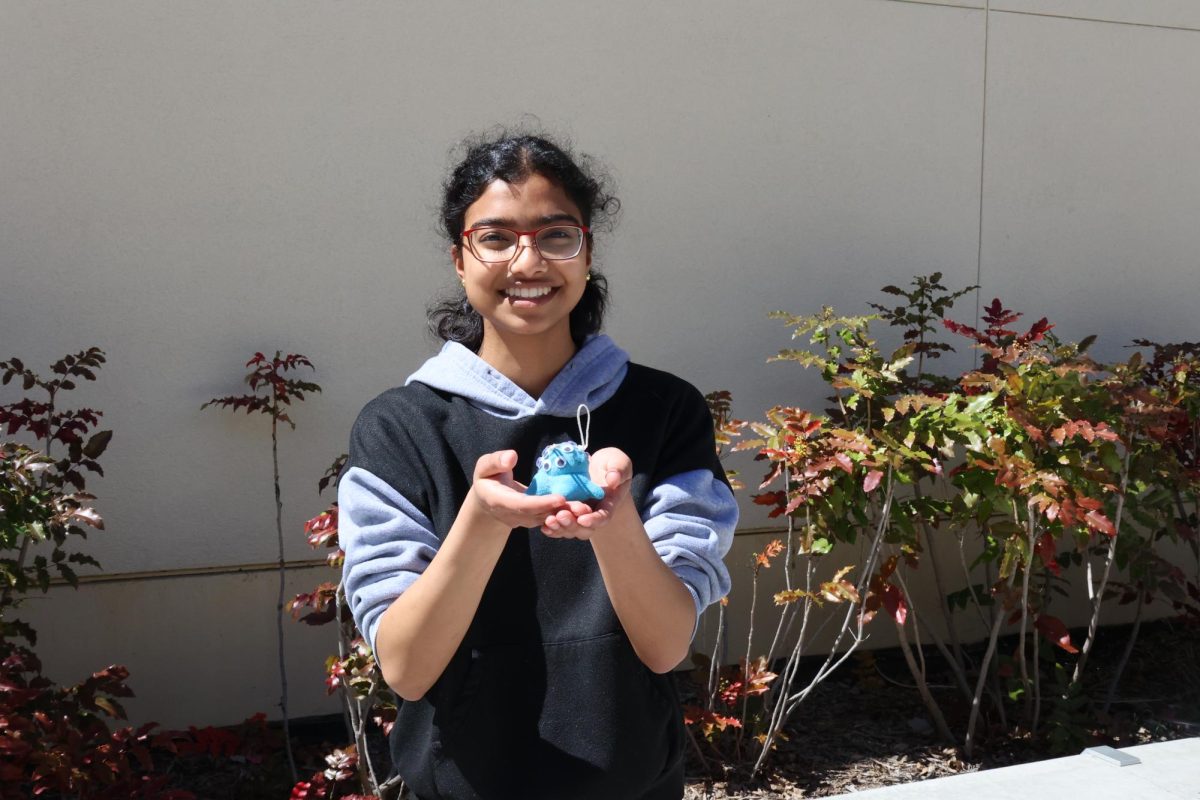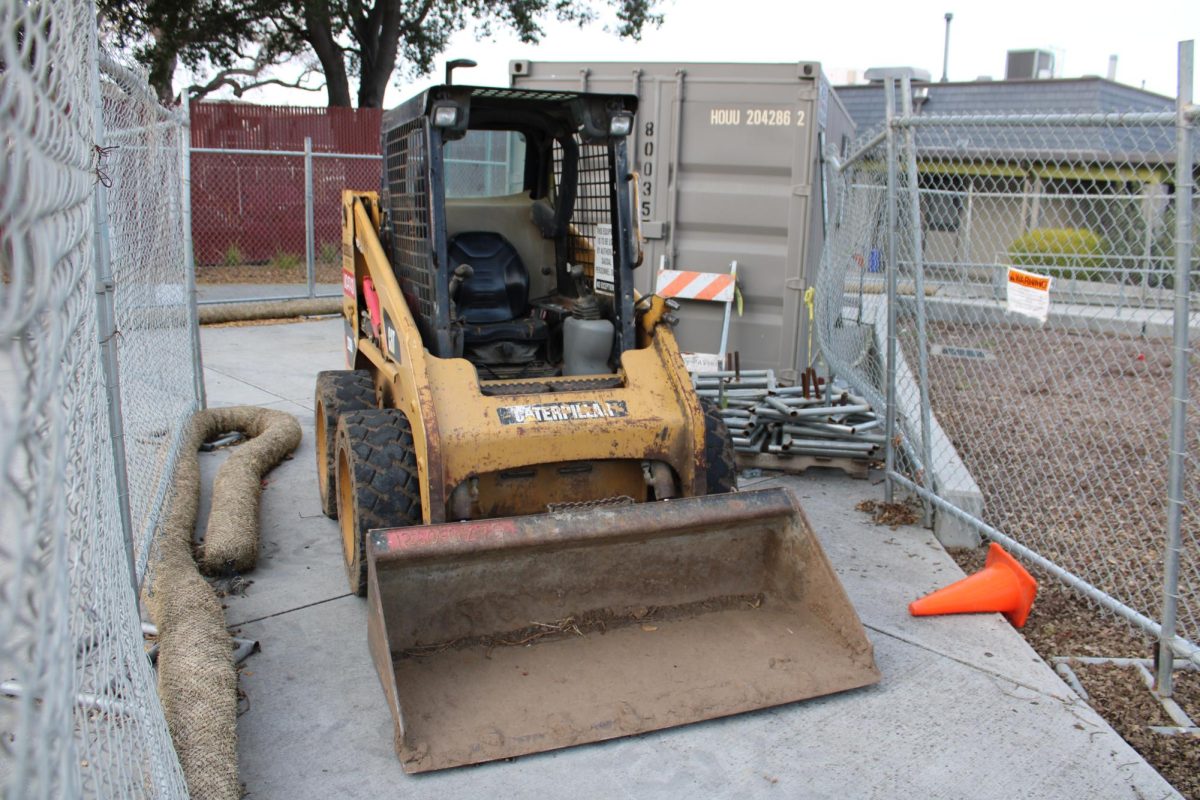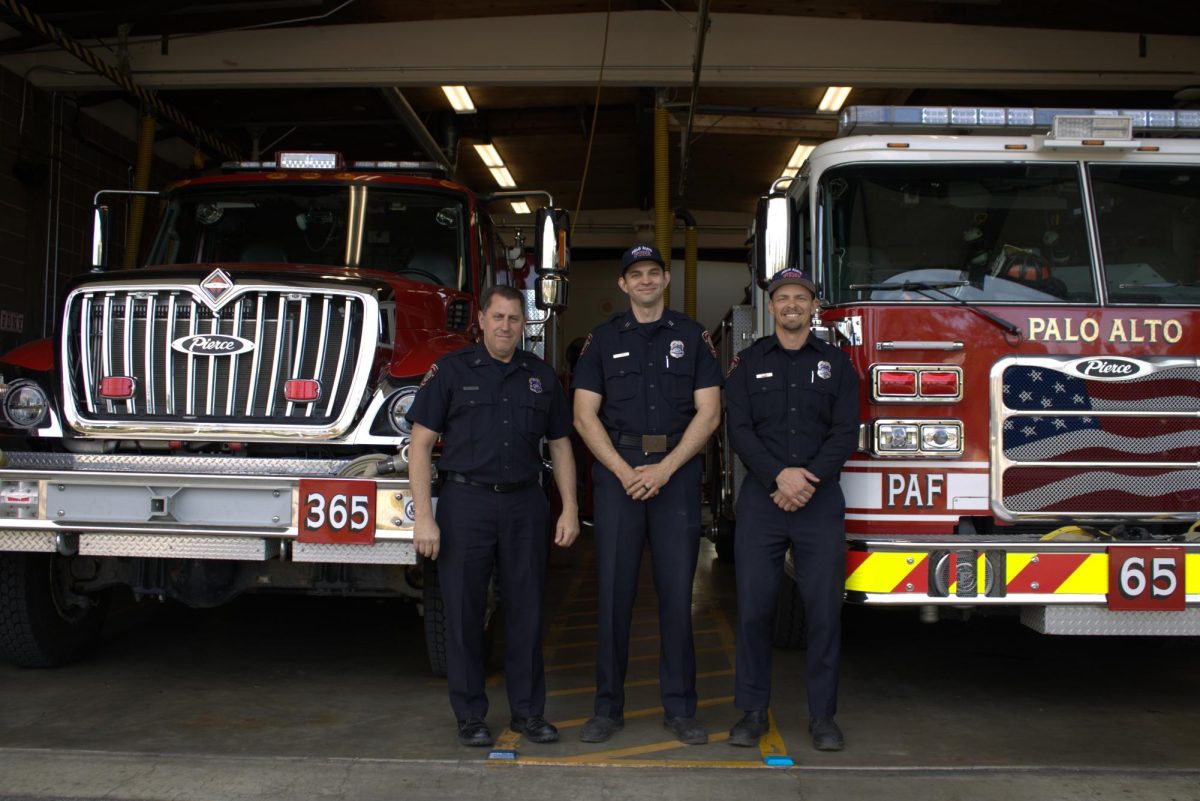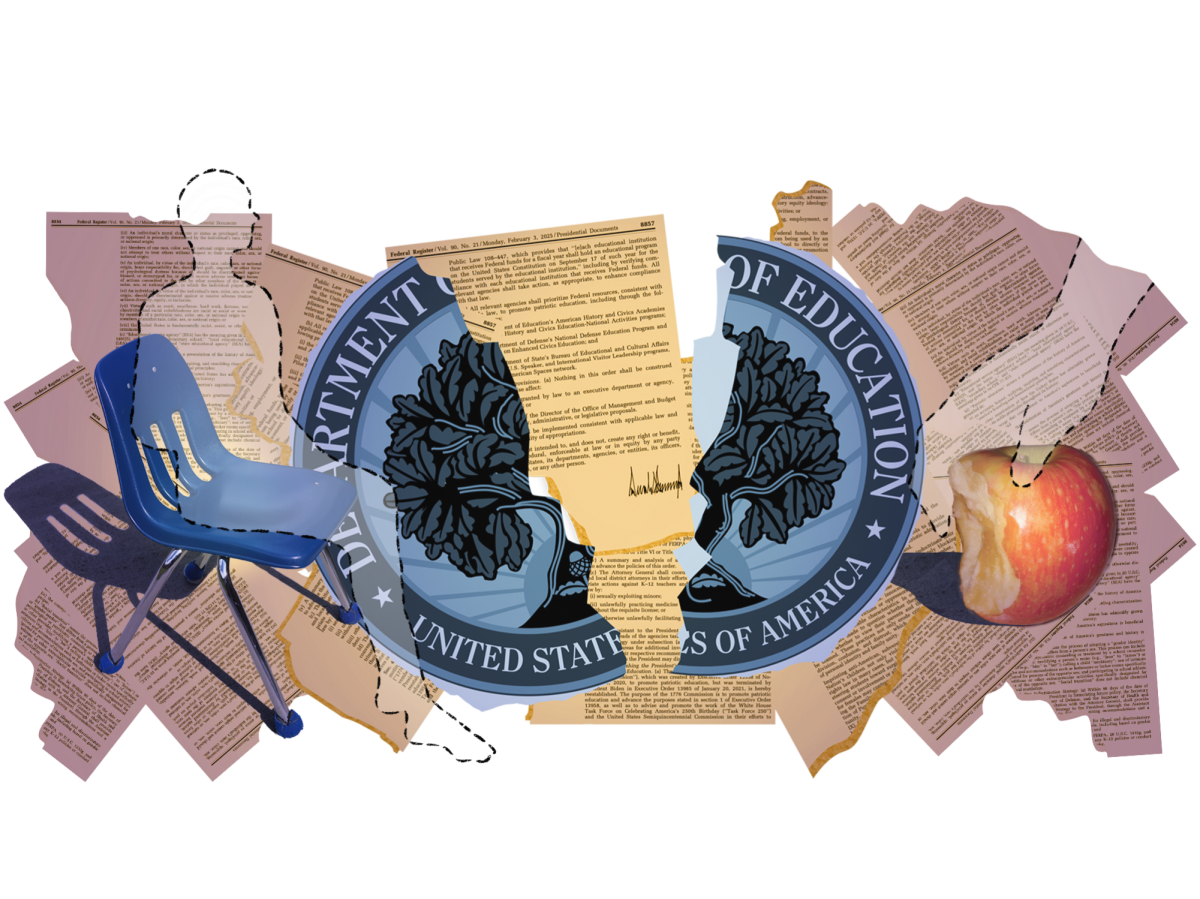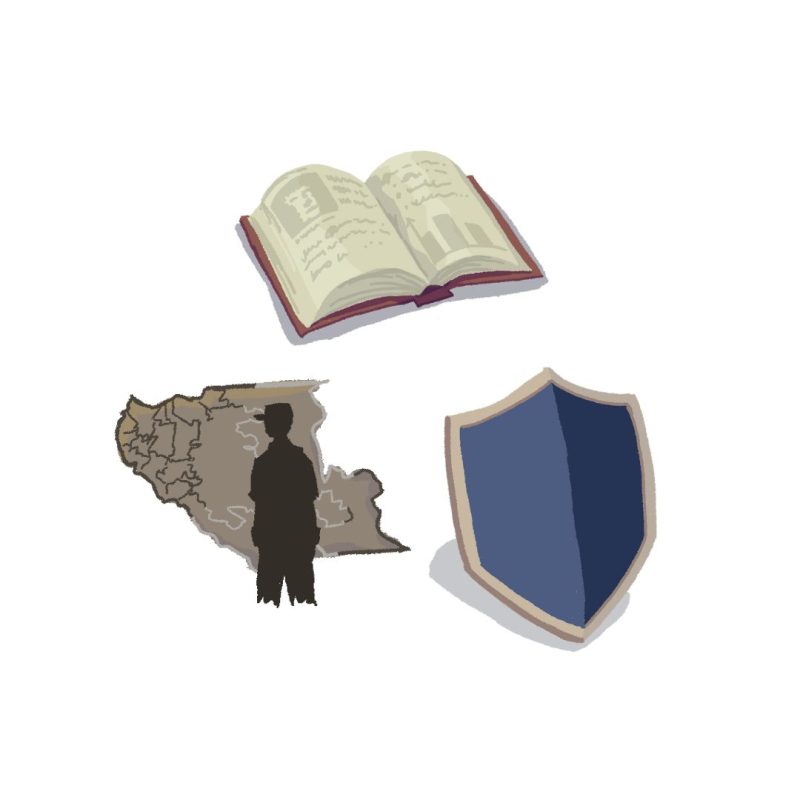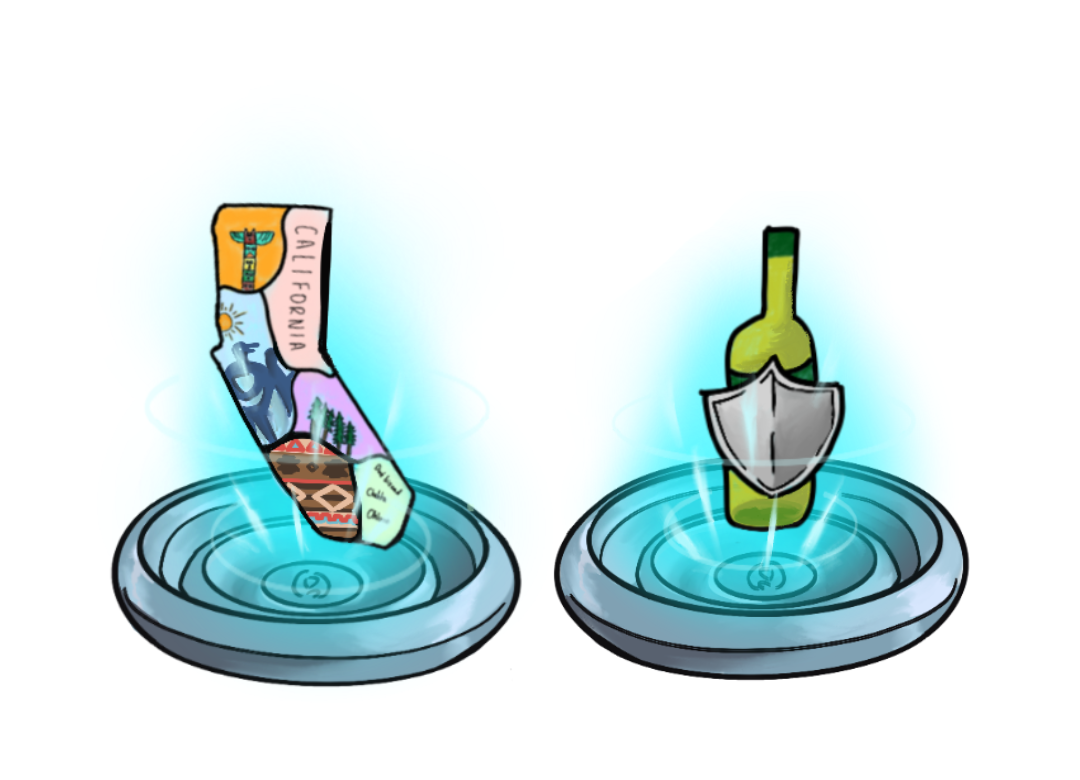Written by Shannon Yang
At the Dec. 8 Palo Alto Unified School District (PAUSD) Board of Education meeting, the Enrollment Management Advisory Committee (EMAC) will recommend that the district charter a new Design Task Force (DTF) to research the details of adding another school at Cubberley Community Center and implementing small learning communities within the existing secondary schools. In March, the district charged EMAC, a group of 11 parents who applied for and were accepted to the committee, to assess the district’s needs for enrollment, including the need for a new secondary school.
EMAC has been informing their decisions through different types of data, including interviews and focus groups, national averages of all American high schools, schools comparable socioeconomically and academically, the history of Palo Alto schools and 57 academic papers about ideal school size. According to EMAC secondary chairman Joe Lee, the committee found that the current school sizes at the secondary level are too big to be effective. “We didn’t have a prejudgement when we started the work; we wanted to see what the data showed us,” Lee said. “And even though we didn’t any single smoking gun that said our schools are too big, the preponderance of data suggested that a new school would be good.”
According to Lee, a parent survey showed a dramatic dropoff in community satisfaction. “Parents at the elementary level were satisfied by a seven to one margin—seven satisfied with one unsatisfied—but when it came down to the middle and high schools, it went down to something like a two to one margin or a one to one margin,” he said.
The committee used the academic papers and talked to administrators, finding the ideal school size to be 600 to 900 students for middle schools and 1,200 to 1,700 students for high schools. “Academic research say there’s an inverted U-curve to school size and learning efficacy,” she said. “In other words, as you grow, you can offer more and more electives and programs for your students and that’s a good thing; you have more classes you can choose from, but beyond a certain point, there’s diminishing returns, and the larger a school is, the worse it is for learning effectiveness.”
Though the capacity of the high schools has increased due to new building projects within bond programs, Lee says EMAC suggests building a new school so that existing high schools can be less overcrowded. “From a theoretical perspective we might be able to shove 2300 students in each of our two high schools, and that’s what the district has planned for in expanding Paly and Gunn,” he said. “What we’re saying is a little bit different. We’re saying, even if there is room—and actually we doubt that there is despite the stated capacity that the district claims—it’s going to be very tight. These schools are not designed for the number of students they have today or the 700 more students that will arrive by the year 2020.”

According to Lee, the 27-acre Cubberley site might actually be two subcampuses, since the district has a need for a new middle school as well. “It’s kind of in the same way that I think Fairmeadow is next to JLS,” Lee said. “They’re right next to each other, but they’re separated by a fence.”
Lee says EMAC does not think it will be too expensive for the district to construct a new school as the majority of the land is already owned by the district. “Right now, we believe there’s a lot of money out there, net new money that people are willing to donate to the district for the purpose of opening a new, innovative high school,” he said. “These are potential private donors who are willing to cooperate with the City of Palo Alto and work cooperatively on something new and innovative.”
However, the operating cost will be more difficult to fund. According to Lee, it costs $3.5 million a year to staff a high school with everyone except teachers. “The recommended approach that we want to take is to ask the district how much money would they be willing to invest in a new school,” he said. “It is the next committee’s responsibility to see if they can find the money. We’re going ask them, ‘How much are you willing to put up?’ The committee will be responsible for seeing if private donors can come up with the difference.”
In addition, the district may also issue another bond issue referendum. “I think people ought to have a say on whether or not they support this significant investment in the future,” superintendent Max McGee said.
Another goal, Lee says, is improving the situation in existing schools, with small learning communities and teacher teams so that students and teachers can connect more closely. “What we need to do is to make innovation in our secondary schools more systematic,” he said. “Right now they’re being done in pockets, in small groups, and teachers have to overcome a lot of static friction to get anything new going. People love them when they’re in them, but they’re not pervasive.”

EMAC is recommending the appointment of a new committee, the Design Task Force (DTF), to determine the nuts and bolts of the Cubberley secondary school, such as whether it will be a choice program and what kind of alternative education can be implemented. The DTF, McGee says, would include representatives from all stakeholder groups—students, parents, teachers, administrators and community members—unlike EMAC, which is comprised only of parents who applied. The committee has sent surveys about design preferences to teachers and students. Cubberley will most likely be a center for alternative education. Among the school types that EMAC wants the DTF to explore, as were listed in the student survey, are project-based learning, connections, International Baccalaureate, Career Pathways, Thematic Instruction and Direct Instruction. “I think having a new opportunity for an innovation hub that would serve as an incubator to try some of these ideas out is not a bad idea at all,” McGee said. “I think it’s an investment, not just an expense. You’re really investing in the long-term future here for students in our community.”



